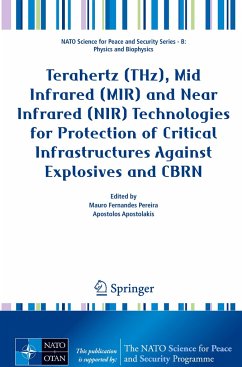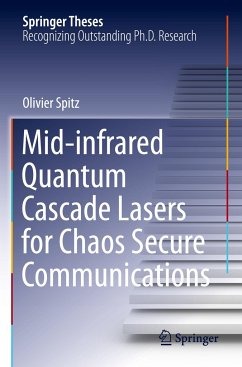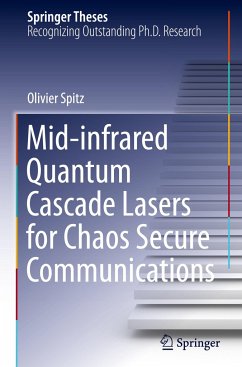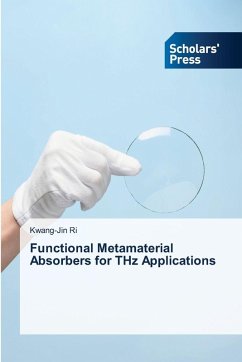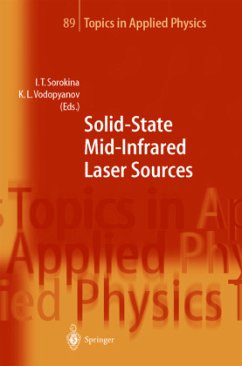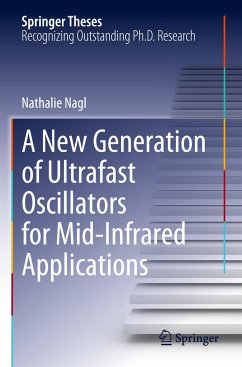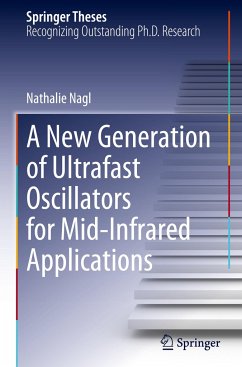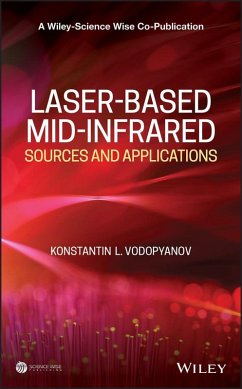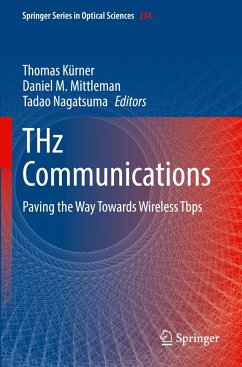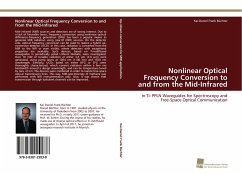
Terahertz (THz), Mid Infrared (MIR) and Near Infrared (NIR) Technologies for Protection of Critical Infrastructures Against Explosives and CBRN
Versandkostenfrei!
Versandfertig in 6-10 Tagen
129,99 €
inkl. MwSt.

PAYBACK Punkte
65 °P sammeln!
Critical infrastructures are targets for terrorism and deliver a valuable vector through which the proliferation of CBRN and explosive precursors can be detected. Recent technological breakthroughs, notably in the field of near infrared (NIR), mid infrared (MIR), Terahertz (THz) and Gigahertz (GHz) sources and detectors, have led to rugged commercial devices, capable of standoff sensing a range of these dangerous substances. However, at the same time criminal and terrorist organizations have also benefited from the availability of technologies to increase the threat they pose to the security o...
Critical infrastructures are targets for terrorism and deliver a
valuable vector through which the proliferation of CBRN and explosive
precursors can be detected. Recent technological breakthroughs,
notably in the field of near infrared (NIR), mid infrared (MIR),
Terahertz (THz) and Gigahertz (GHz) sources and detectors, have led to
rugged commercial devices, capable of standoff sensing a range of
these dangerous substances. However, at the same time criminal and
terrorist organizations have also benefited from the availability of
technologies to increase the threat they pose to the security of
citizens and a concerted effort is needed to improve early detection
measures to identify activities, such as the production of homemade
explosives or CBRN that can be potentially dangerous to society. The
key global technological bottleneck to be overcome is the current lack
of integration and networking of mature detection technology into
early warning systems for critical infrastructures. Thus, this book
brings together complementary information connecting the research of
leading teams working on critical Infrastructure protection with
academic developers and industrial producers of state of the art
sensors.
valuable vector through which the proliferation of CBRN and explosive
precursors can be detected. Recent technological breakthroughs,
notably in the field of near infrared (NIR), mid infrared (MIR),
Terahertz (THz) and Gigahertz (GHz) sources and detectors, have led to
rugged commercial devices, capable of standoff sensing a range of
these dangerous substances. However, at the same time criminal and
terrorist organizations have also benefited from the availability of
technologies to increase the threat they pose to the security of
citizens and a concerted effort is needed to improve early detection
measures to identify activities, such as the production of homemade
explosives or CBRN that can be potentially dangerous to society. The
key global technological bottleneck to be overcome is the current lack
of integration and networking of mature detection technology into
early warning systems for critical infrastructures. Thus, this book
brings together complementary information connecting the research of
leading teams working on critical Infrastructure protection with
academic developers and industrial producers of state of the art
sensors.



